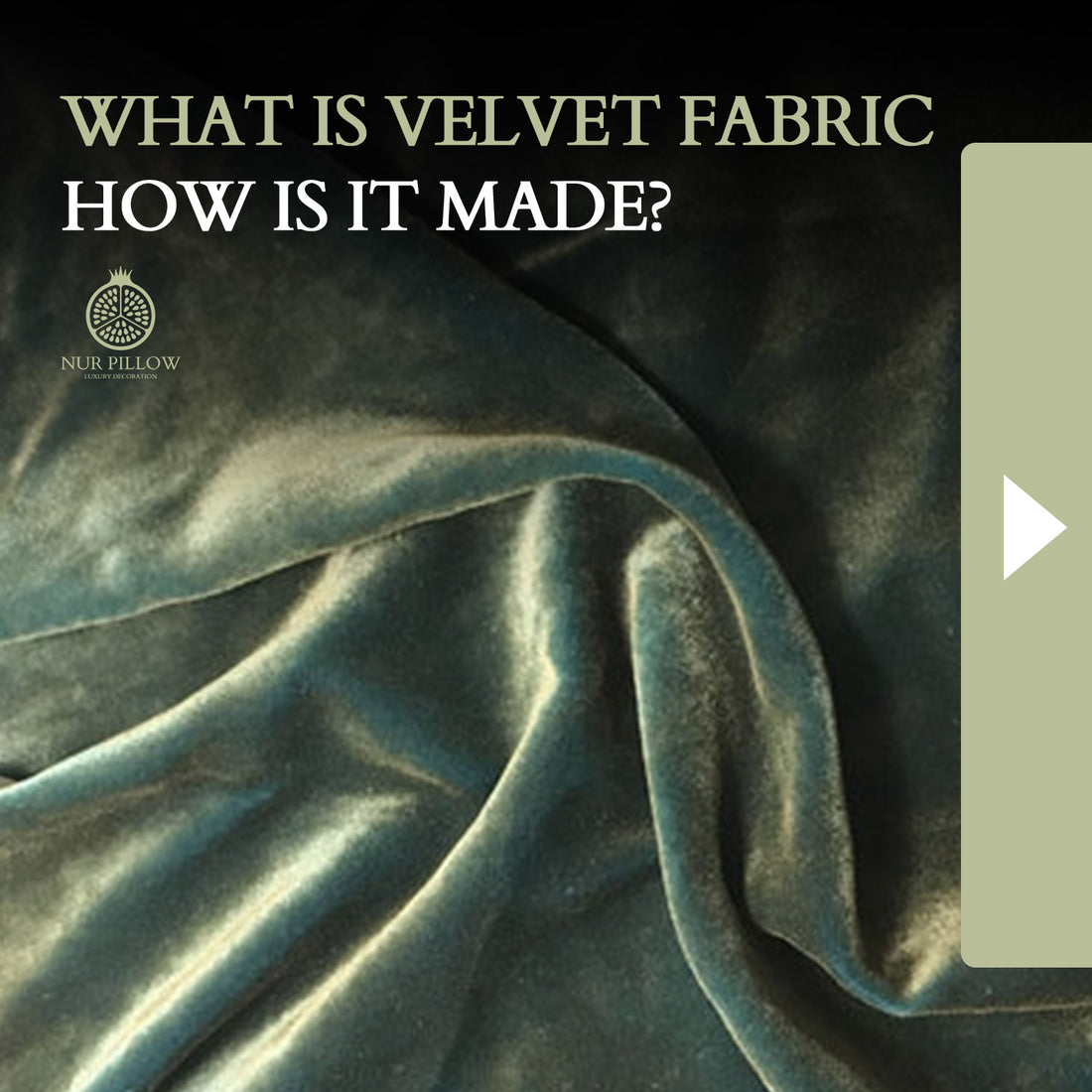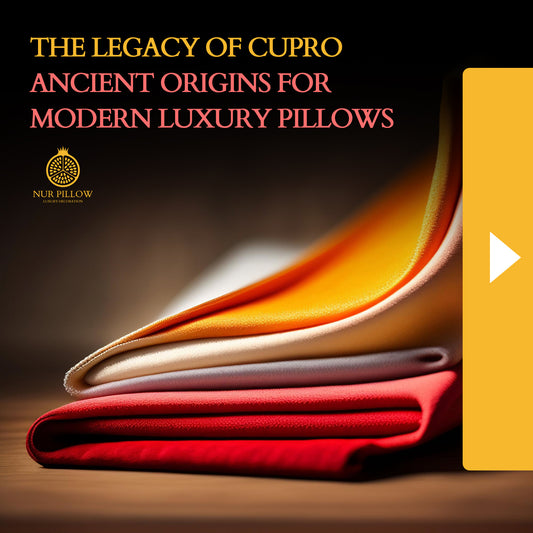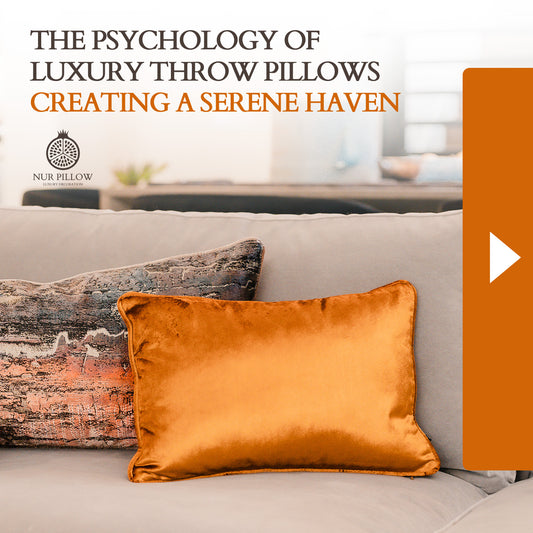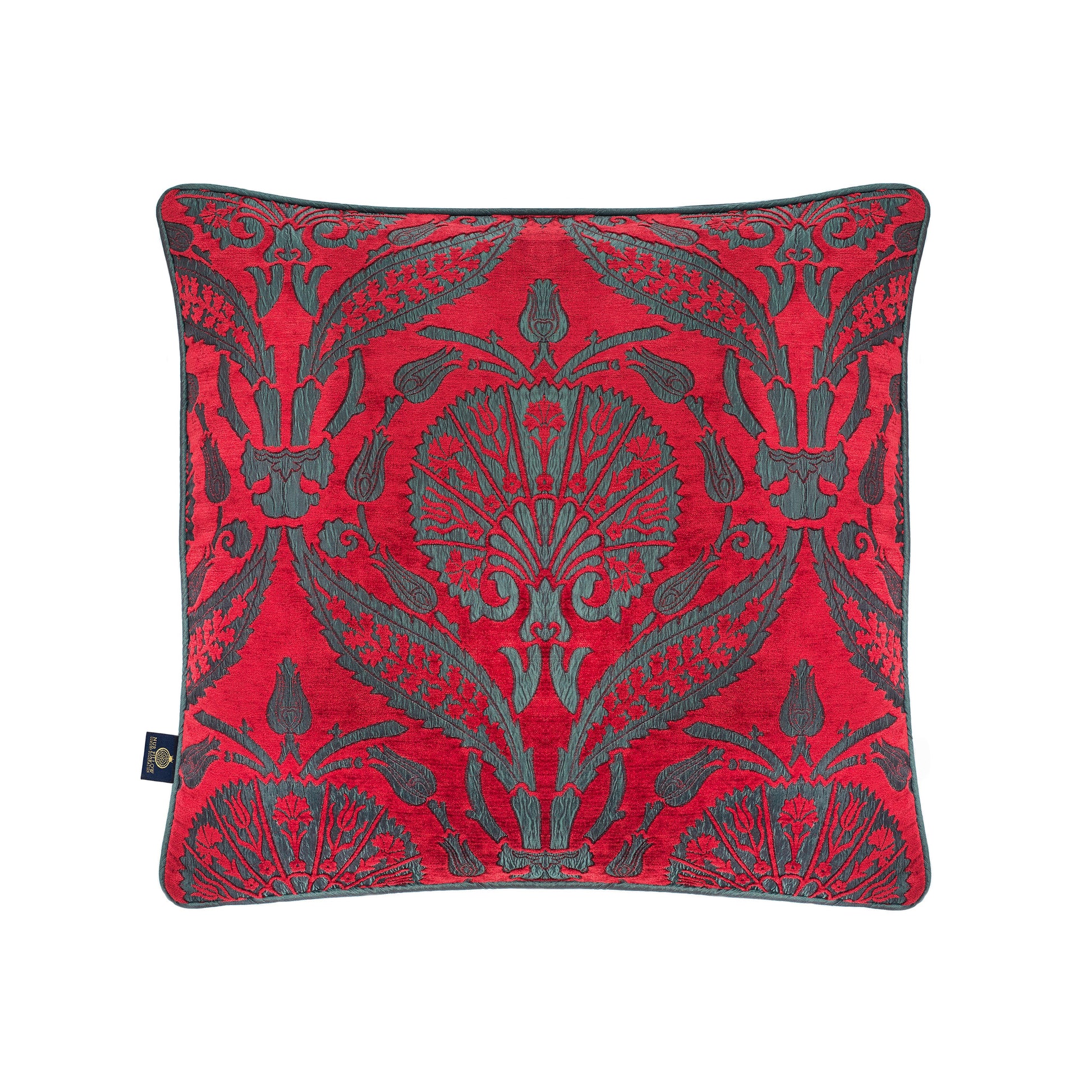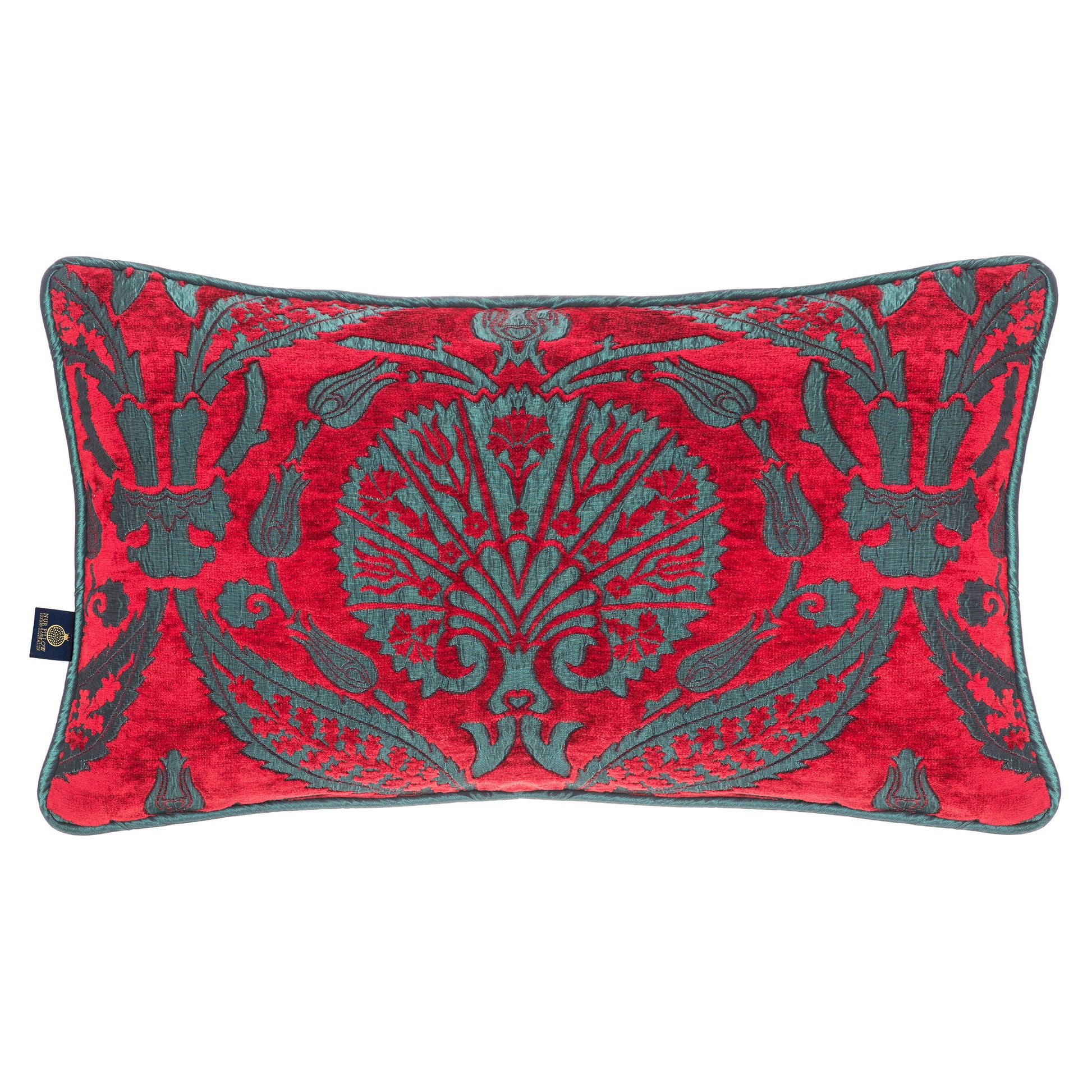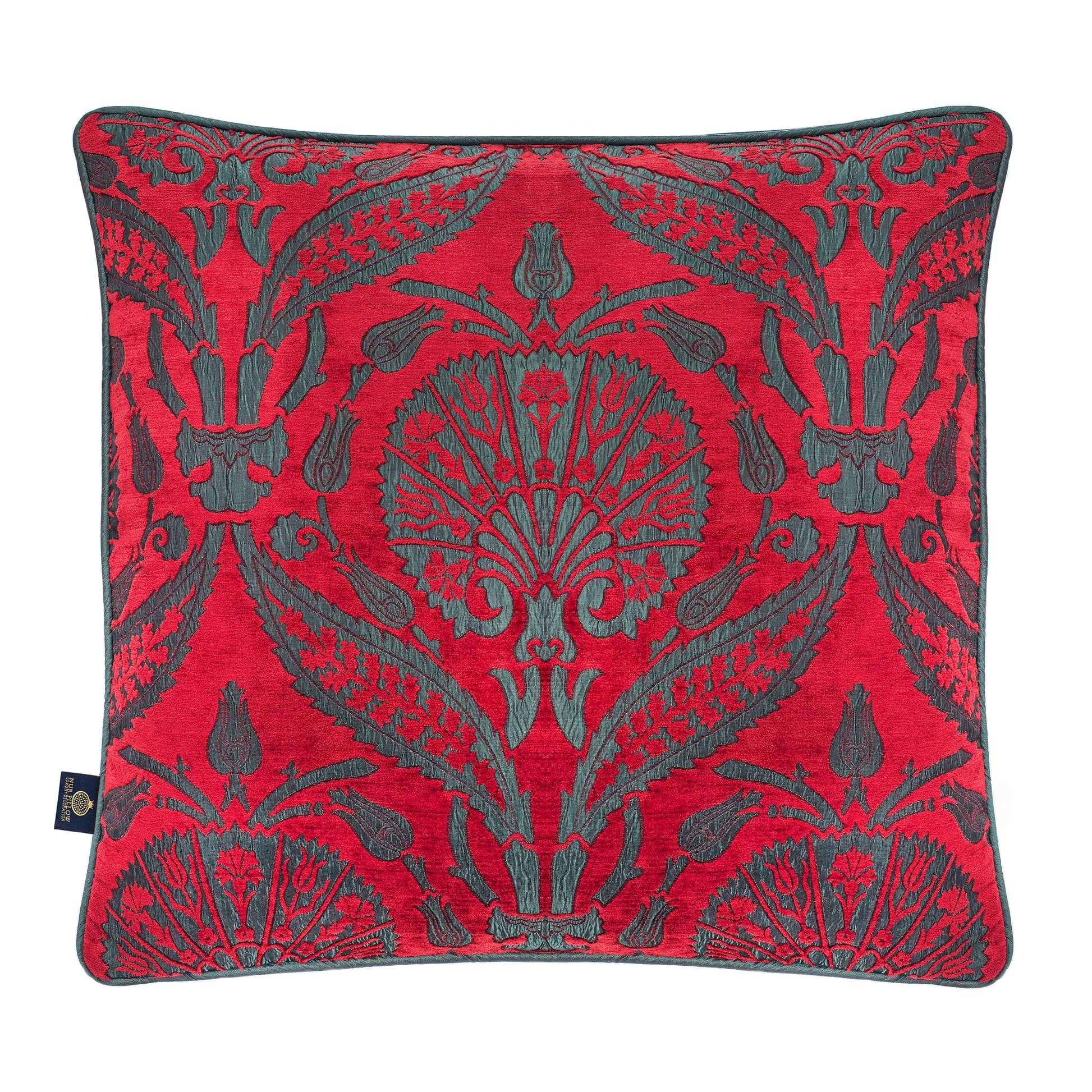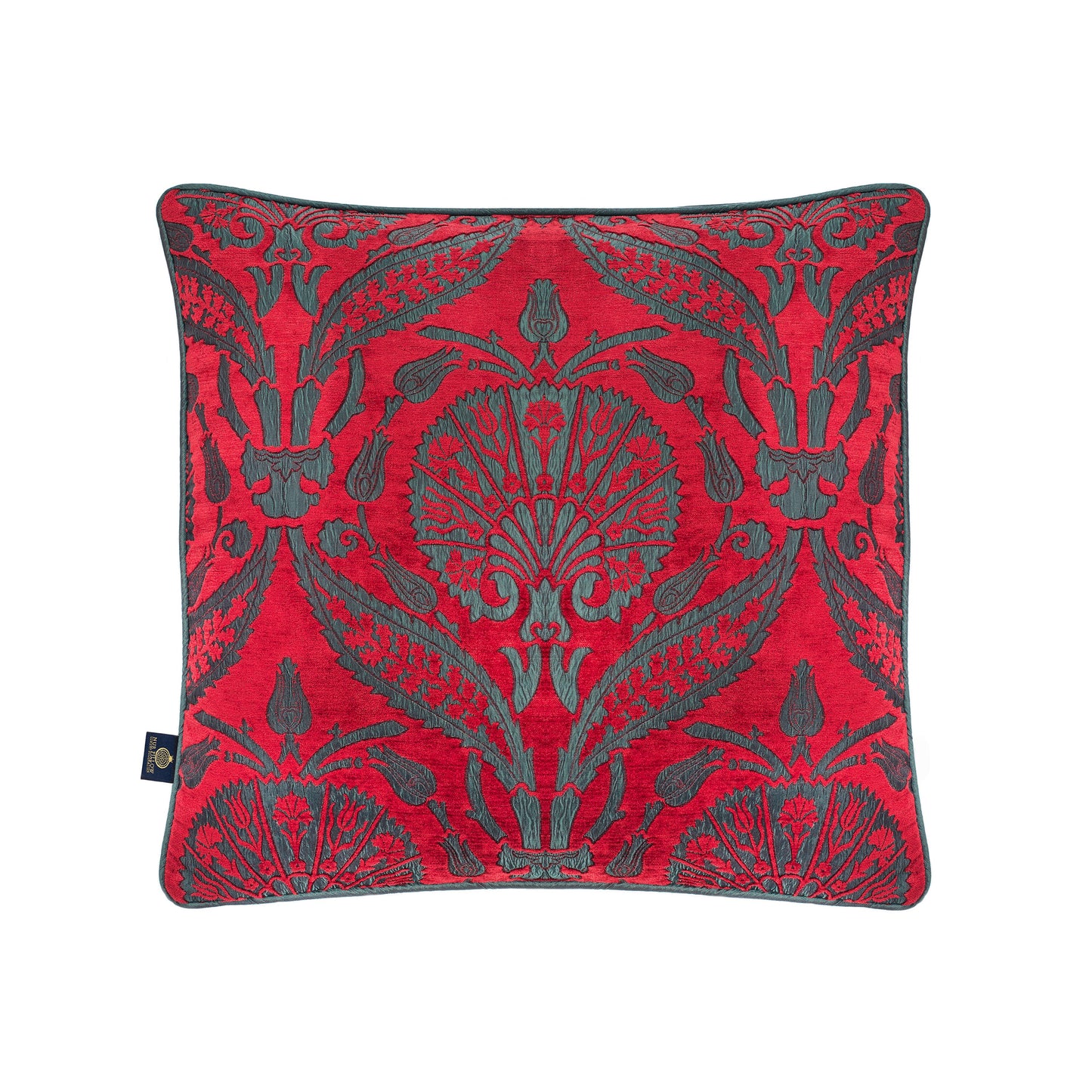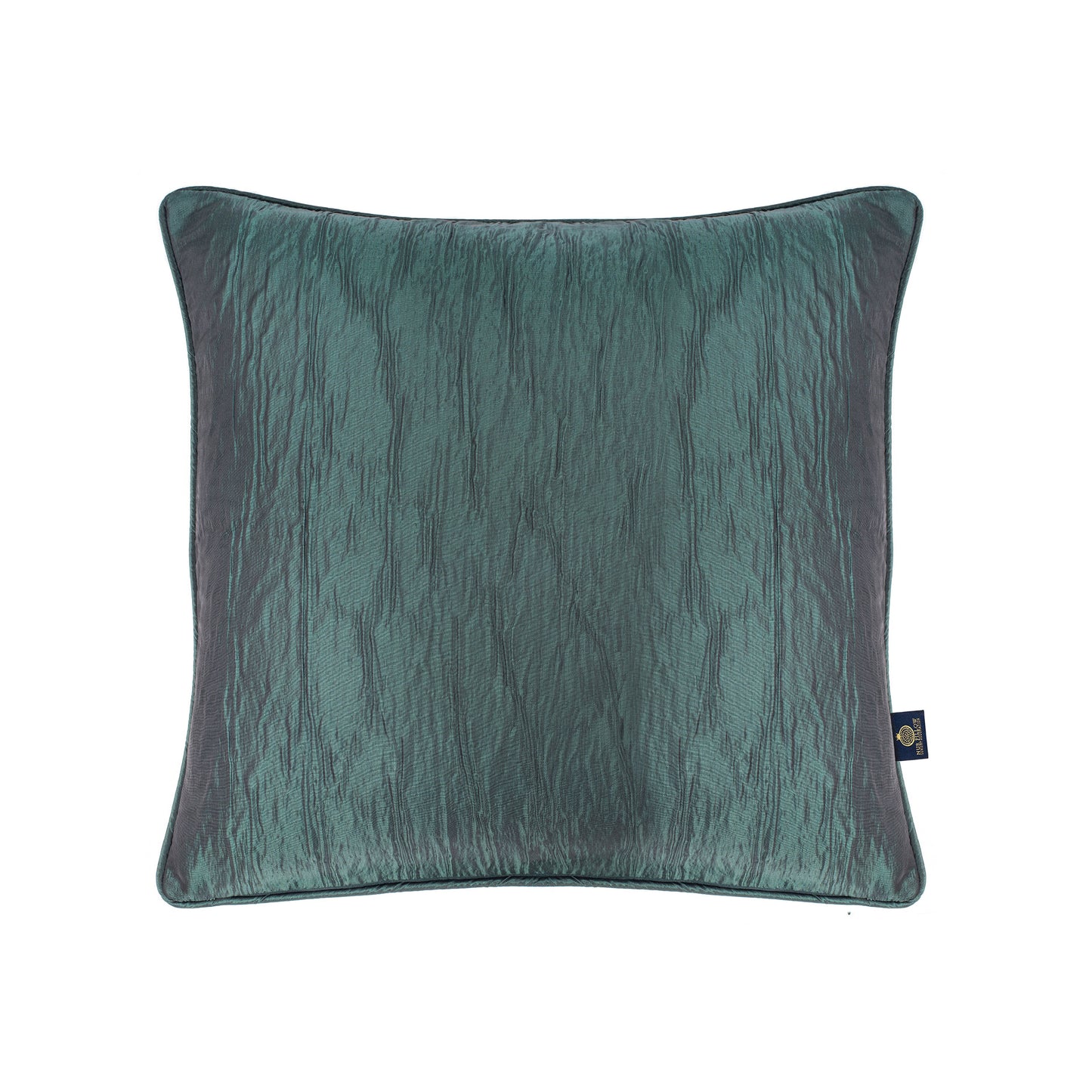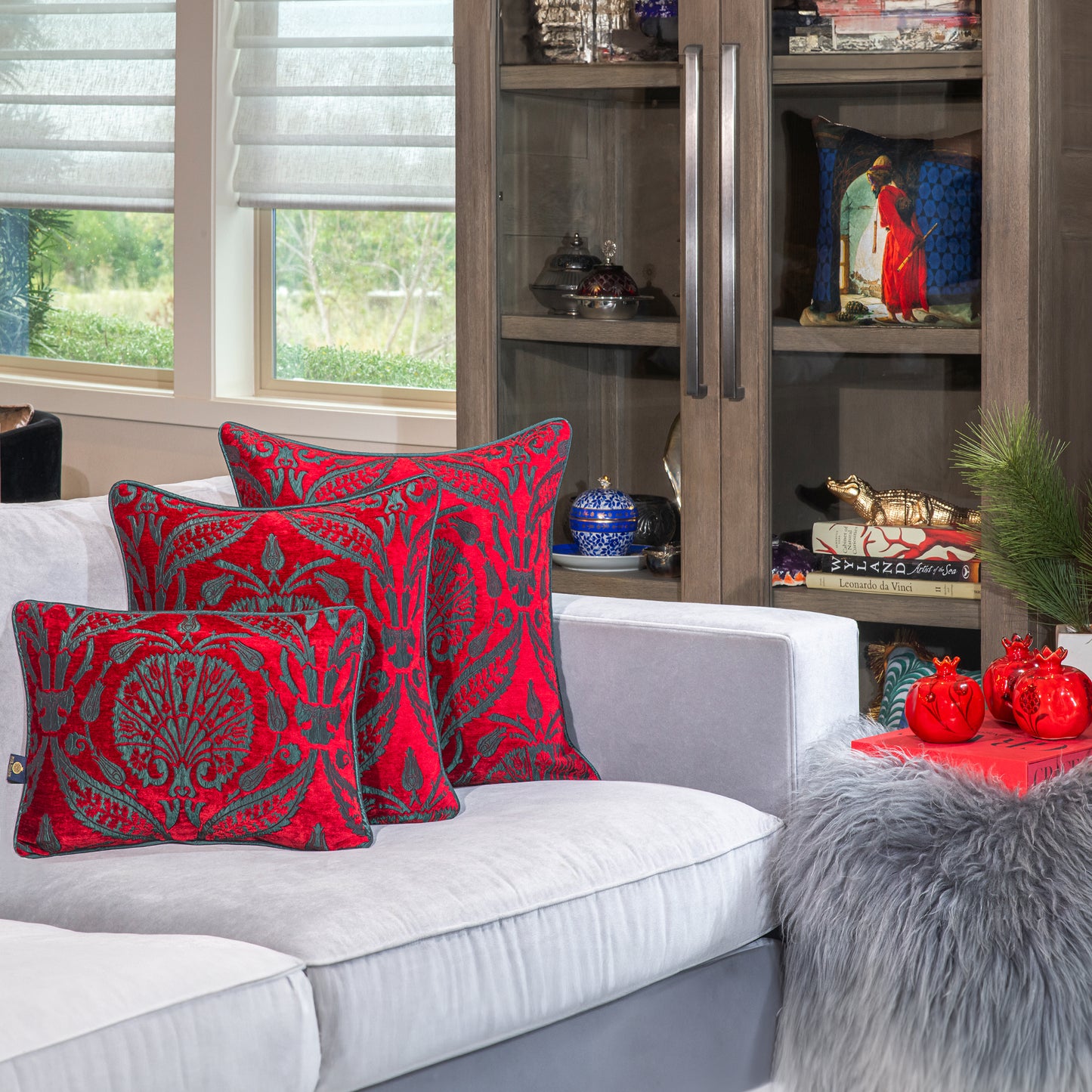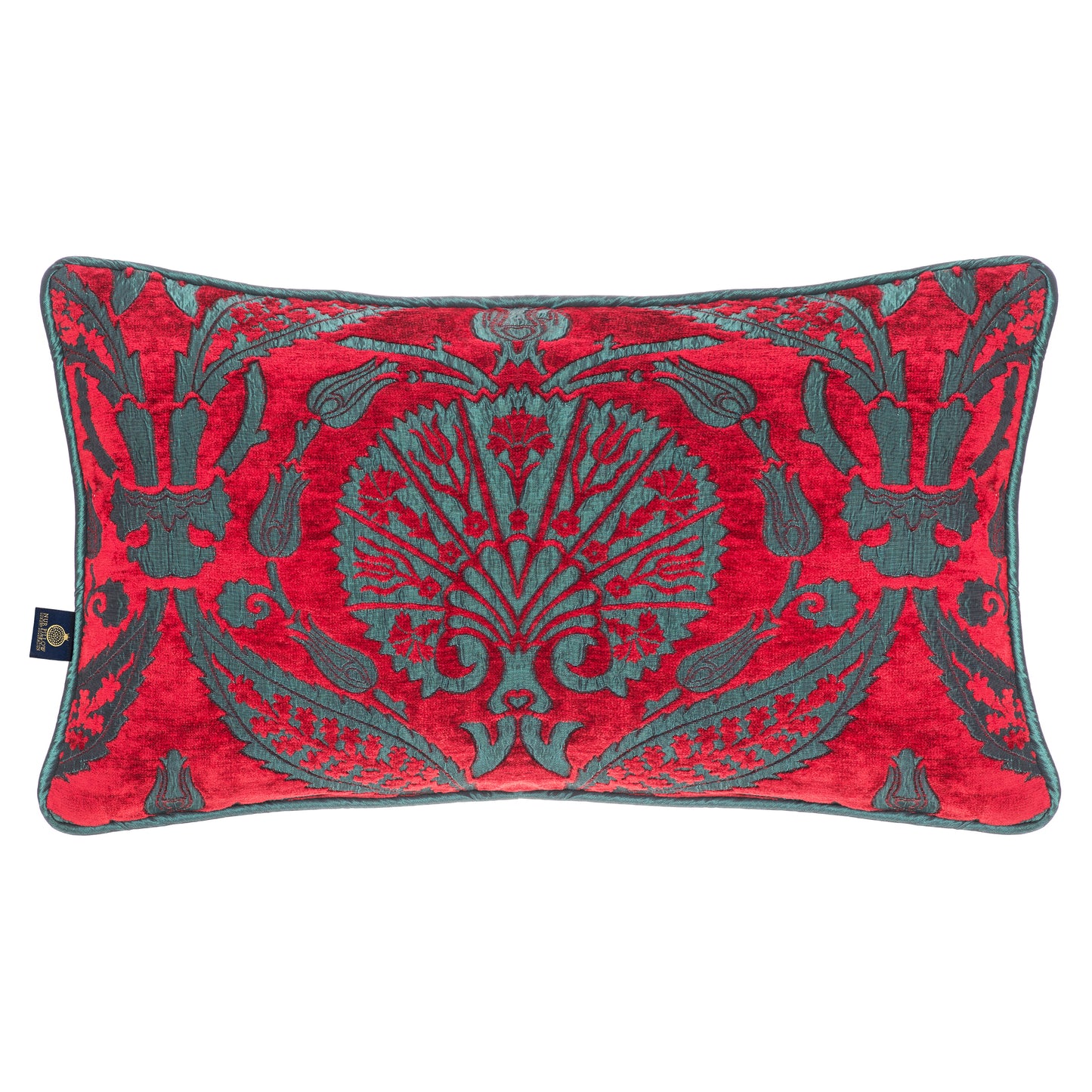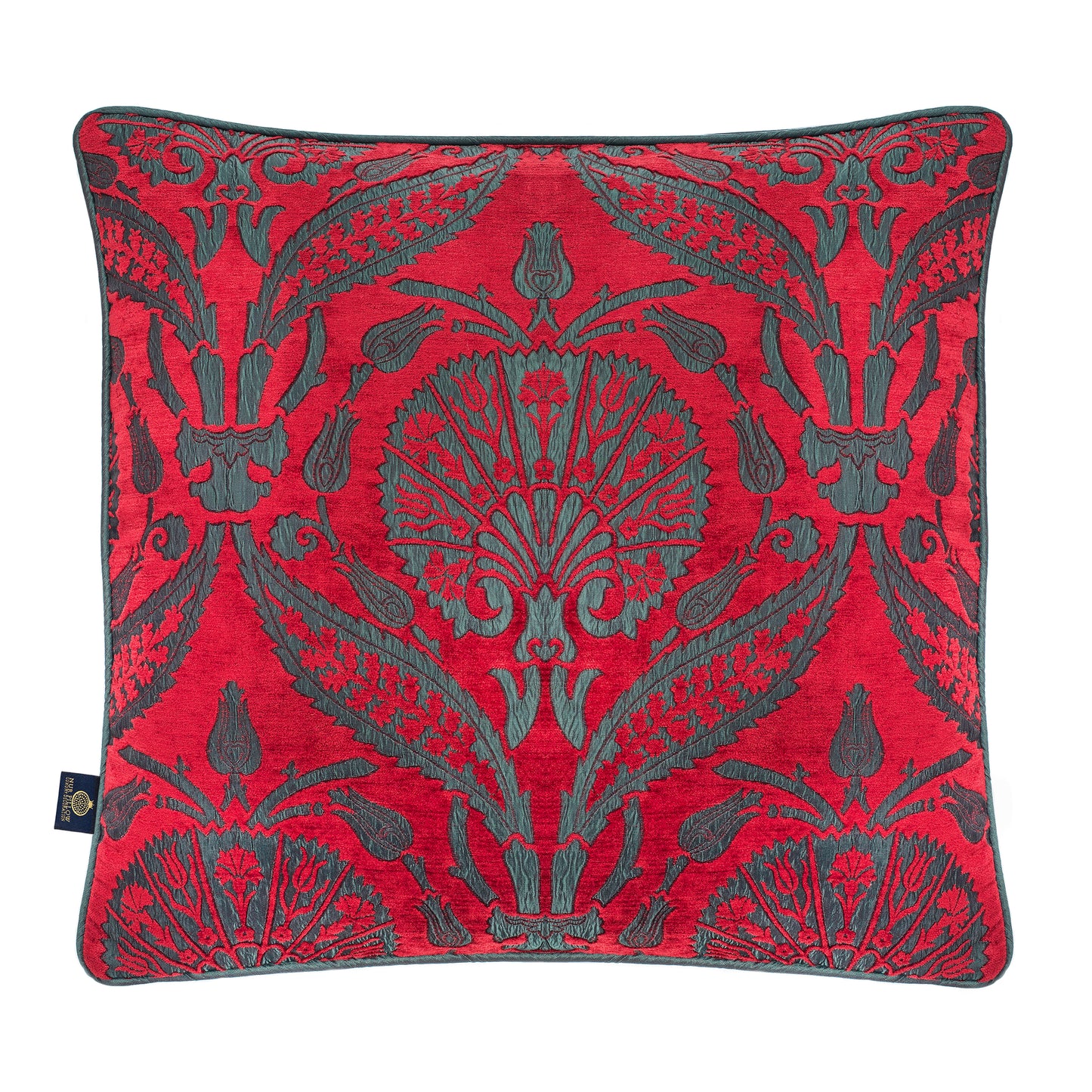Ah, velvet—the material that shouts elegance and richness. Even if you're just lazing on the couch in sweatpants, the material makes you feel like a million bucks. But have you ever paused to consider "What is velvet made of, exactly?" Do not be alarmed, my inquisitive friends, for we are here to address all of your pressing velvet-related inquiries. And if you believed that velvet was just used for expensive ballgowns and elegant red carpets, think again. Velvet is a flexible material that can bring a bit of glitz to any space in your house. So let's explore the amazing world of velvet and learn what makes this luxurious material so incredibly unique.
Very few fabric reflects its textural features on its appearance and sensual quality, and velvet is one common fabric that has been used for centuries. This particular fabric has been favored by a wide geography throughout the world, which becomes understandable when we consider its function and properties. In this article, we will discover this magnificent and elegant fabric in historical and textural terms.
The term velvet refers to a type of fabric that has a pile that is constructed out of silk thread. The structure of this type of fabric is generated by warps that are drawn up over rods or wires in order to make the loops. This is a step in the process of weaving, and the looped pile is an essential component of the fabric's overall construction. The rods are taken away as the weaving process moves forward.
The word "velvety" implies "soft," and it gets this meaning from the fabric that gives the term its namesake: velvet. The luxurious look and feel of the cloth is exemplified by its silky nap and overall smooth appearance. Velvet has a luxurious look and feel, which makes it a great material for more sophisticated design. Velvet has been a mainstay in the fashion industry and in home decor for many years.

Velvet is a plush and velvety fabric that is distinguished by its dense pile of evenly cut threads that have a smooth nap. Velvet is a fabric that exudes opulence and comfort. As a result of the features of the short pile fibers, velvet has a stunning drape as well as a one-of-a-kind velvety and lustrous appearance.
Silk was initially used in the production of velvet fabric, which led to the fabric's popularity for use in evening wear and dresses worn to special occasions. Because it may also be made from cotton, linen, wool, mohair, and synthetic fibers, velvet can be made at a lower cost and included into clothing that is worn on a more regular basis. In addition, velvet is a common material found in interior design, where it may be found in a variety of applications including upholstery fabric, curtain fabric, pillow fabric, and more.
A Historical Visit to a Long Road
The earliest velvets were woven from silk, and as a result, they were extremely pricey and inaccessible to anybody outside of the royal and noble classes. Around the year 750 A.D., the material was first introduced in Baghdad; however, production later moved to the Mediterranean, and the cloth was eventually exported throughout Europe.
During the Renaissance period, the most valuable goods owned by individuals as well as the Church were beautiful fabrics composed of silk and precious metal threads. These fabrics could be found in both private and public collections. Fabrics that were custom woven and had a family coat of arms or other motifs that were linked with the family's reputation were particularly significant since they served as a representation of a family's power, wealth, and taste. These textiles were utilized in the production of secular clothing, liturgical vestments, and home furnishings.

Over the course of time, the precise meaning of many of the motifs that held particular significance throughout the Renaissance has been lost. The fact of the matter is, however, that these extravagant fabrics were the most highly valued products of the talented silk weavers of the Italian peninsula, and they were transported all across Europe, as well as to the Ottoman empire. Consumption of the most expensive fabric was limited to those in the upper classes who had the financial means to purchase it; nevertheless, the manufacture and marketing of the fabric engaged a much larger number of people from virtually all strata of society. Weavers on the Italian peninsula and in Spain achieved a high level of success during the time period between around 1400 and 1600 CE in the production of spectacularly patterned velvet textiles.
How Is Velvet Made?
Velvet is produced on a unique loom known as a double cloth, which allows for the simultaneous production of two separate pieces of velvet. The pile height of velvet is often less than half a centimeter, which is one of the defining characteristics of the fabric.
Silk was the first material used in the production of velvet, although modern velvet is typically constructed of a combination of natural and synthetic fibers. Because of its prohibitive cost, velvet made of pure silk is a luxury item that is difficult to get nowadays. The vast majority of velvet sold as "silk velvet" is actually a combination of silk and rayon. It's possible to make synthetic velvet out of polyester, nylon, viscose, or even rayon.
The production method for velvet is consistent regardless of the base textile that is used, despite the fact that velvet can be made from a wide variety of different materials. Velvet can only be woven on a specific kind of loom that spins two layers of cloth at once. This is the only way velvet can be made. After that, these distinct layers of fabric are cut apart and placed individually on rolls.

Although velvet is created using vertical yarn and velveteen is created using horizontal yarn, these two types of textiles are created using substantially the same procedures. Velvet is created using vertical yarn and velveteen is created using horizontal yarn. However, velveteen is frequently made by combining regular cotton yarn with velveteen yarn, which lowers the velveteen's overall quality and alters its texture.
Unraveling the cocoons of silkworms and then spinning the resulting threads into yarn is the process that is used to make silk, which is one of the most popular materials for making velvet. The transformation of petrochemicals into filaments is the first step in the production of synthetic fabrics such as rayon. When one of these types of yarn is woven into velvet cloth, the finished product can be colored or treated in a variety of ways, depending on the intended use.
Carnival of the Velvet!
There are numerous velvet fabric types since the fabric can be woven from a variety of different materials using a variety of various ways.
- Crushed velvet. Crushed velvet has a "crushed" appearance, which may be accomplished by either twisting the fabric while it is wet or pressing the pile in different directions. This is where the name "crushed" comes from. The surface has a patterned and sparkling look, and the substance itself has a distinct texture.
- Panne velvet. A large amount of pressure is given to the cloth in order to force the pile in just one direction, resulting in the production of panne velvet, which is a sort of crushed velvet. It is possible for the same pattern to reappear in knit fabrics like as velour, which is not actually velvet because it is typically produced from polyester.
-
Embossed velvet. A heat stamp is used to apply pressure to velvet in order to create a pattern by pressing down the piles to form an embossed velvet fabric. This type of printed fabric is known as embossed velvet. The usage of velvet materials with an embossed pattern is common in upholstery, as well as in the design and decoration of homes.

- Ciselé. When creating this type of patterned velvet, some looped threads are cut while others are left uncut in order to produce the pattern.
- Plain velvet. Cotton velvet is typically used to make plain velvet. It is dense, has very little elasticity, and lacks the sheen of velvet manufactured from silk or synthetic fibers. Additionally, it is difficult to work with.
- Stretch velvet. The inclusion of spandex in the weave of stretch velvet results in the fabric having increased flexibility and stretchability.
- Pile-on-pile velvet. This particular variety of velvet contains piles that are all different lengths, which results in a patterned appearance. This particular variety of velvet is typically found in velvet upholstery fabric.

The plushness of velvet is considered to be one of its most appealing features, and as a result, the material is most frequently utilized in settings in which the fabric will be worn in close proximity to the skin. Because of its unique visual appeal, velvet is frequently used in applications that fall under the category of interior decoration. Examples of these applications include curtains and toss pillows. In contrast to other items that may be used to decorate a home, the fact that velvet looks as beautiful as it feels makes working with it a multi-sensory journey in the world of interior design. Velvet can be found in a wide variety of colors and textures.
Thanks to the beautifully plush quality of its texture, velvet is frequently utilized in the production of mattresses. Insulative blankets, which are typically positioned in between a duvet and a sheet set, are typically made out of this material, which is commonly utilized in the construction process. The use of velvet in women's clothing is significantly more common than its use on men's garments.
Nur Pillow products display a particular velvet fabric that has unique features. Also considering your health, the fabric is developed to protect you from skin problems, allergies, and undesirable sweat. For more information about the products and the special velvet fabric, please visit our blog and product catalogue on www.nurpillowdesign.com.

